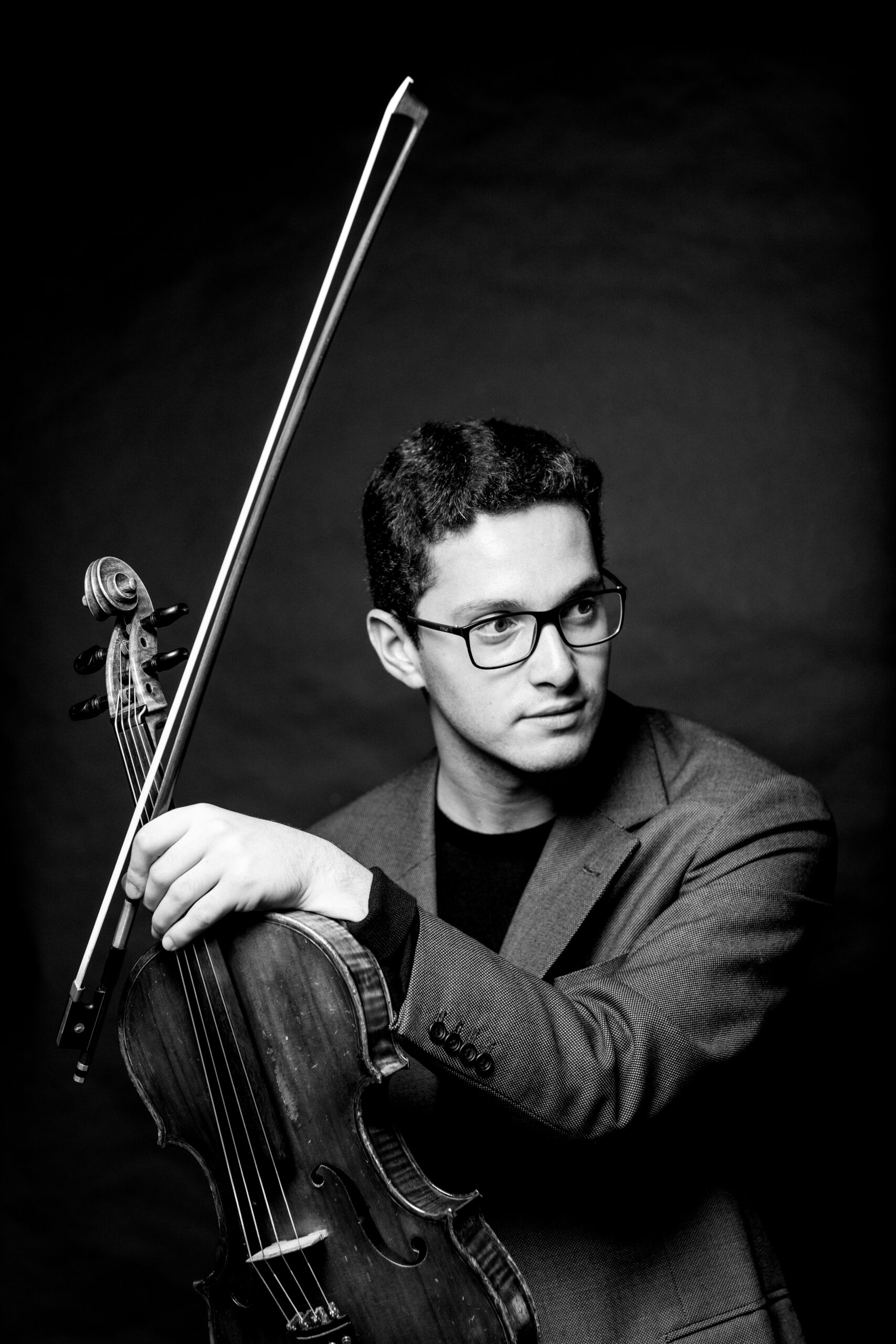Battleship Potemkin [Bronenosets Potyomkin]
1925 75mins Soviet Union (PG) War
Directed by Sergei M. Eisenstein Starring Aleksandr Antonov, Vladimir Barsky, Grigori Aleksandrov
This performance will feature a live score performed by Hugo Max.
Please view this YouTube video for a sample of Hugo's work.

Photo Credit - Richard Ecclestone
When they are fed rancid meat, the sailors on the Potemkin revolt against their harsh conditions. Led by Vakulinchuk (Aleksandr Antonov), the sailors kill the officers of the ship to gain their freedom. Vakulinchuk is also killed, and the people of Odessa honor him as a symbol of revolution. Tsarist soldiers arrive and massacre the civilians to quell the uprising. A squadron of ships is sent to overthrow the Potemkin, but the ships side with the revolt and refuse to attack.
-
Sunday 22nd FebruaryBook 8:30 pmLIVE SCORE

